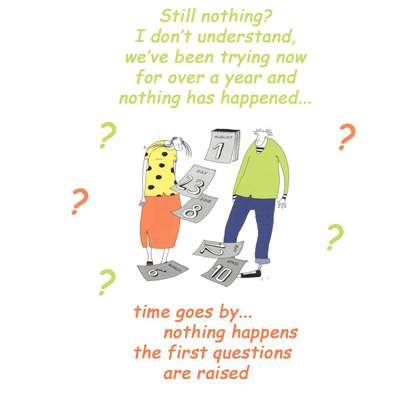


Rapidiously evisculate user-centric functionalities for highly efficient interfaces. Competently leverage other's scalable technology before synergistic manufactured products.
It is estimated that 80 out of 100 couples are able to achieve pregnancy within one year of having regular sexual intercourse without contraceptives. Ten more couples will get pregnant in the second year while the remaining 10 couples are not able to do so within that time frame and are said to be infertile. However, some of these infertile couples may still achieve pregnancies without any assistance in the third or subsequent years of trying. The remaining couples (usually- 5-8 %) rarely achieve conception unless some form of treatment is provided.
Infertility is defined as an inability to achieve pregnancy within one year of having regular unprotected intercourse. There are about 60-80 million infertile couples world-wide.
The male partner is solely responsible in 30% of infertility cases while the female partner is responsible for another 30%. Both are responsible for the remaining 20% of cases.
Steady progress has been made in recent decades in the treatment of infertility. Treatment could be by the administration of medication or performing surgery or a combination of both. Couples in whom these treatments are unsuccessful or are not suitable can have assisted conception treatment; several millions babies have now been delivered world-wide following the birth of the first so-called ‘test-tube’ baby in 1978. Infertility is associated with psychological upheaval and perpetual mental anguish. Furthermore, infertility treatments impose physical, social, financial and mental stress on the couple. The stress is worse with the assisted reproduction technologies and success is not guaranteed in the first or any specific cycle of treatment, knowledge and information are the best tools with which infertile couples can tackle their problems and obtain the best possible treatment for themselves. They need to know about their bodies and how conception takes place. They also need to know when, how and where to seek assistance for their continued inability to conceive. They should be aware of the various available treatment modalities.